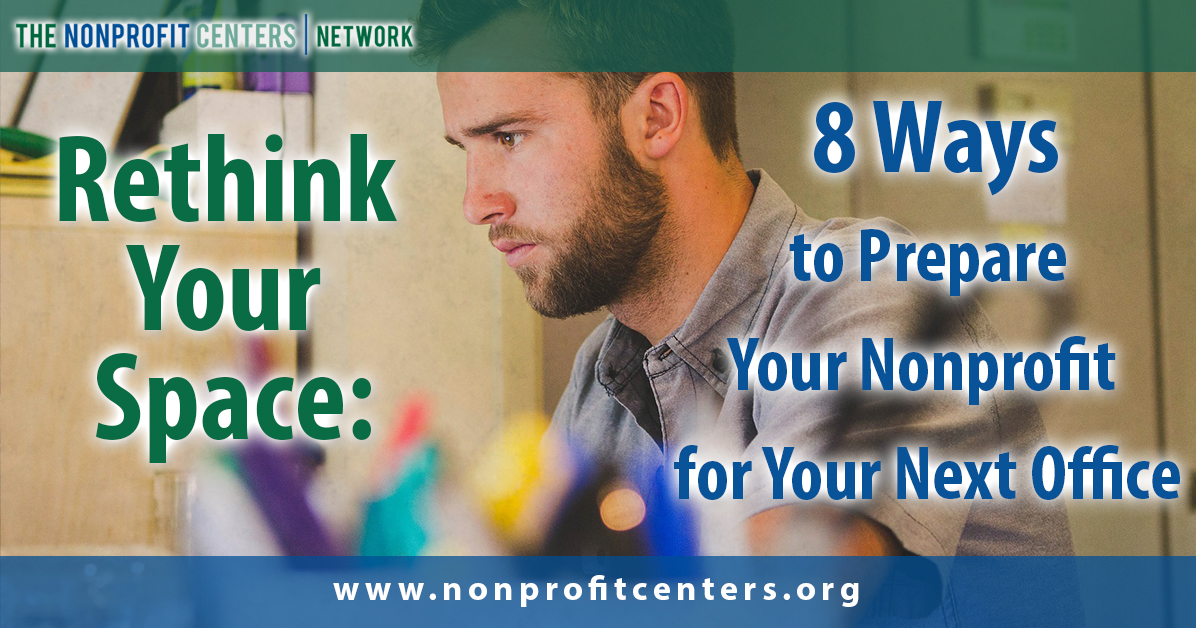It’s happened. Your landlord isn’t going to give you the same deal on your windowless basement office as he’s given you for the last five years. You have twelve months to figure out where to move, and you don’t even know how to start. We talk to many Executive Directors in this position. Here are some tips for you as you start the process.
- Know your needs – don’t assume that you need the exact same number of square feet that you have now. Cheap spaces for nonprofits are notoriously inefficient. Sit down with your staff and talk through the details. How many desks do you need? Do you need access to a kitchen? What are the need-to-haves vs. the nice-to-haves.
- Review your storage needs – Most nonprofit Executive Directors want unlimited storage, but very few actually need it. Spend a day or two cleaning out files and reviewing the stuff that sits around your office can save you time and money in the future. If you don’t have a records retention policy, implement one! Also, consider digitizing all of those extra files.
- Check in with your staff about what they want – Do all of your staff members want private offices, or would they be happy with one or two days working from home each week? Flexible work-from-home policies can improve your staff’s work-life balance, while also helping you to save on your office space costs.
- Audit your meeting space usage – What is the most common size meeting that your organization holds? How often does that take place. Frustrated by finding venues that can accommodate their largest gatherings, many Executive Directors gravitate towards office spaces that include large class rooms or board rooms. Far too often, we see these spaces going unused, because the most in-demand meeting rooms are those that hold 2-4 people.
- Upgrade your technology – Are your workstations flexible, or are your employees chained to large, immobile desktop computers? By upgrading your technology to laptops and tablets with wireless keyboards and docking stations, your team becomes more mobile. Consequently, you can use space in new ways.
- Look at your team’s travel schedule – Are your staff members on the road or out in the community for large periods of time? You may be able to economize by assigning two or more people to one desk. They will have a place to land in the office when they need it, but you won’t be spending resources to reserve vacant space.
- Reconsider your furniture – Many nonprofit put up with donated office furniture that is bigger than they need. By spending a little money, you can invest in a flexible furniture system that will be a better fit for your team. You can also consider furnished office suites that roll that cost into your rent.
- Don’t forget your interns and volunteers – Interns and volunteers want to be where the action is and get to know you and your team. Make sure they have a place to sit when they’re in the office, and that you can expand to accommodate them when you need help!
Looking for a new office space? Consider a shared space in your community. You can find local spaces by checking out the Nonprofit Centers Map here.

